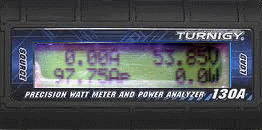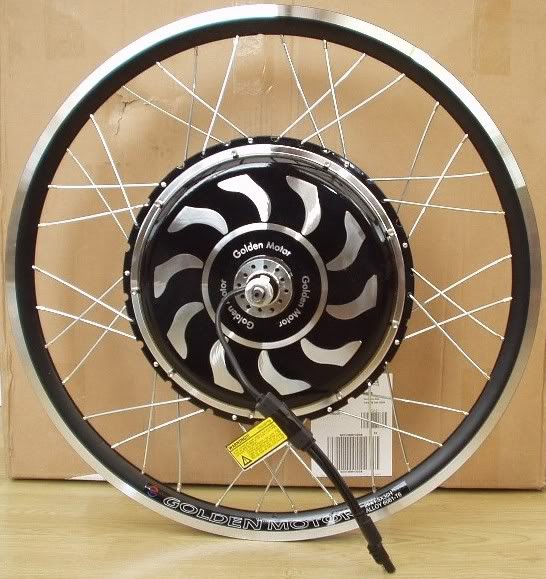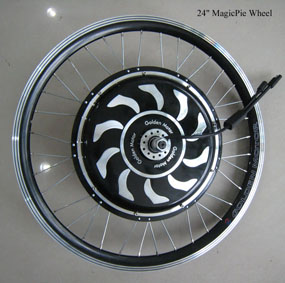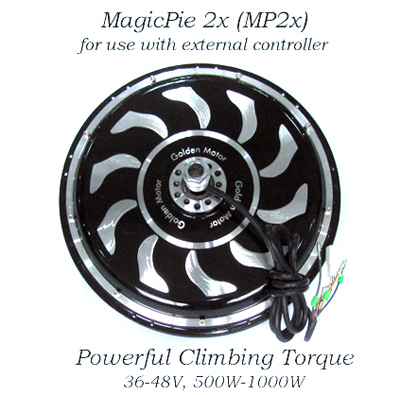Also, it it is a 36V wheel, running it at 48v will give you enough power to melt the windings
instead of cutting out.
That is simply not true, the Magic Pie windings are designed to operate on 24V, 36V or 48V and I have yet to see a Magic Pie with heat damaged windings.
The standard controllers are limited to around 30 Amps max battery current, and 30 Amps @ 48 Volts is only 1440 Watts, which is well within the capability of the Pies stator windings.
I have pushed more than 97 amps through one of my Magic Pie stator windings without any signs of heat damage whatsoever:

My current MPII with a modified internal controller
(which is programmed for 24V battery as it seemed to improve the torque) is now over 12 years old and regularly draws up to 60 Amps from the 48V battery and it is still working fine.
However, I did have to replace the rim earlier this year because the brake pads had worn the braking surfaces so thin that they started to fail.

With the bigger picture, count the wires.
The original PI 36V motor has three big wires and 4 small wires.
The magic pi has two large wires for the battery and bundles
of wires for perepherals (brakes, pedelec, throttle, battery level)
The key is the number of heavy guage wires, 2 = magic pi, 3=original pi.
They original pi does not have a speed controller inside. You need an external one.
Let's try and clarify things.
As far as I am aware, the original Magic Pies
(the ones with the crossed spokes and offset rim) were only available with the internal controller and had the following wiring:


The Magic Pie II
(with revised unorthodox spoke pattern and properly centred rim) initially had the same internal controller and wiring as the original Magic Pies:

The MPII was later available as an MP2x external version (2 battery wires and 5 Hall Sensor wires):

All Magic Pie motors are multi-voltage
(24V, 36V or 48V) but the LED battery gauge on the throttles are not. Using a 36V throttle with a 48V battery will cause the throttle unit to get warm and the LED battery gauge may fail eventually, but this does not affect the throttle operation.
The external controllers were available in three different voltages
(24V, 36V and 48V) but the controllers were basically the same except for the pre-programmed battery voltage.
Alan